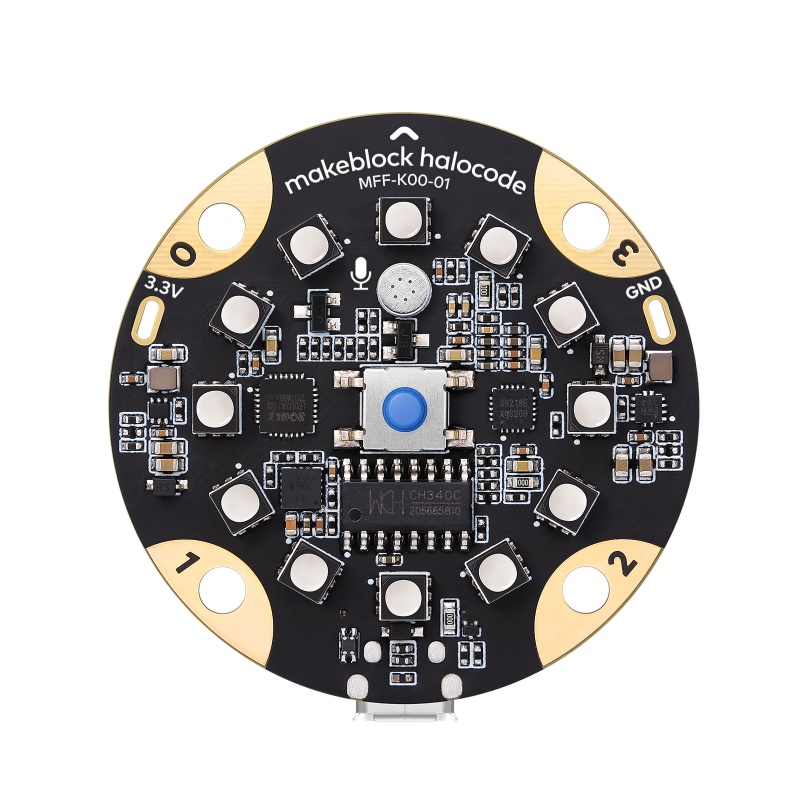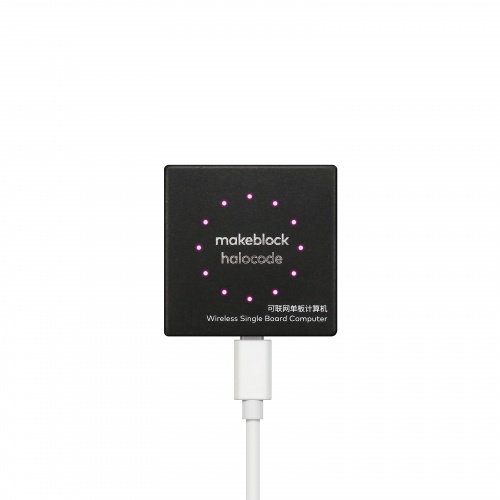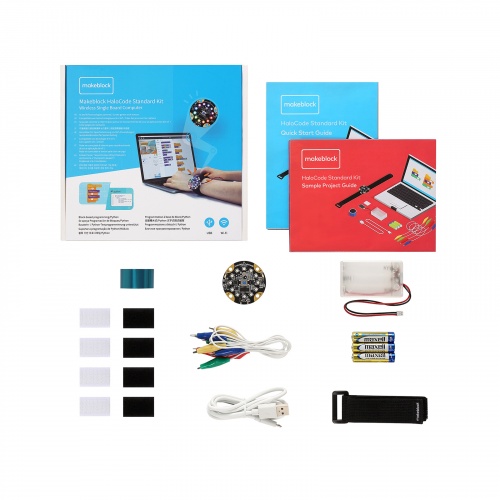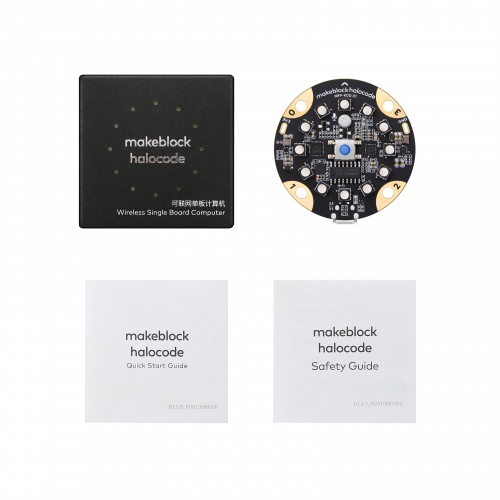Can analyse problems in computational terms, and have repeated practical experience of writing computer programs in order to solve such problems.
Can evaluate and apply information technology, including new or unfamiliar technologies, analytically to solve problems.
Understand what algorithms are; how they are implemented as programs on digital devices; and that programs execute by following precise and unambiguous instructions.
Create and debug simple programs.
Use logical reasoning to predict the behaviour of simple programs.
Design, write and debug programs that accomplish specific goals, including controlling or simulating physical systems; solve problems by decomposing them into smaller parts.
Use sequence, selection, and repetition in programs; work with variables and various forms of input and output.
Use logical reasoning to explain how some simple algorithms work and to detect and correct errors in algorithms and programs.
Learn to analyse problems in computational terms
Design and develop modular programs that use procedures or functions.
Can understand and apply the fundamental principles and concepts of computer science, including abstraction, logic, algorithms and data representation.
Use two or more programming languages, at least one of which is textual, to solve a variety of computational problems.
Develop and apply their analytic, problem-solving, design, and computational thinking skills.
Harjoitellaan laitteiden, ohjelmistojen ja palveluiden käyttöä ja opetellaan niiden keskeisiä käyttö- ja toimintaperiaatteita.
Oppilaat saavat ja jakavat keskenään kokemuksia digitaalisen median parissa työskentelystä sekä ikäkaudelle sopivasta ohjelmoinnista.
Luodaan oppilaille mahdollisuuksia etsiä, kokeilla ja käyttää omaan oppimiseen ja työskentelyyn parhaiten sopivia työtapoja ja -välineitä.
Tutkitaan tieto- ja viestintäteknologian vaikutusta arkeen ja otetaan selvää sen kestävistä käyttötavoista.
Harjoitellaan systematisoimaan, organisoimaan ja jakamaan tiedostoja sekä valmistamaan erilaisia digitaalisia tuotoksia itsenäisesti ja yhdessä.
Recognise common uses of information technology beyond school.
Understand the hardware and software components that make up computer systems.
Develop the creative, technical and practical expertise needed to perform everyday tasks confidently and to participate successfully in an increasingly technological world.
Select from and use a wide range of materials and components, including construction materials, textiles and ingredients, according to their characteristics.
Investigate new and emerging technologies.
Apply computing and use electronics to embed intelligence in products that respond to inputs [for example, sensors], and control outputs [for example, actuators], using programmable components [for example, microcontrollers].
Make appropriate use of data structures.
Understand and apply the fundamental principles and concepts of computer science, including abstraction, logic, algorithms and data representation.
Understand simple Boolean logic and some of its uses in circuits and programming.
Understand what algorithms are; how they are implemented as programs on digital devices; and that programs execute by following precise and unambiguous instruction.
Model how computer hardware and software work together as a system to accomplish tasks.
Systematically identify and fix problems with computing devices and their components.






User reviews for Halocode
You need to log in to post a review.